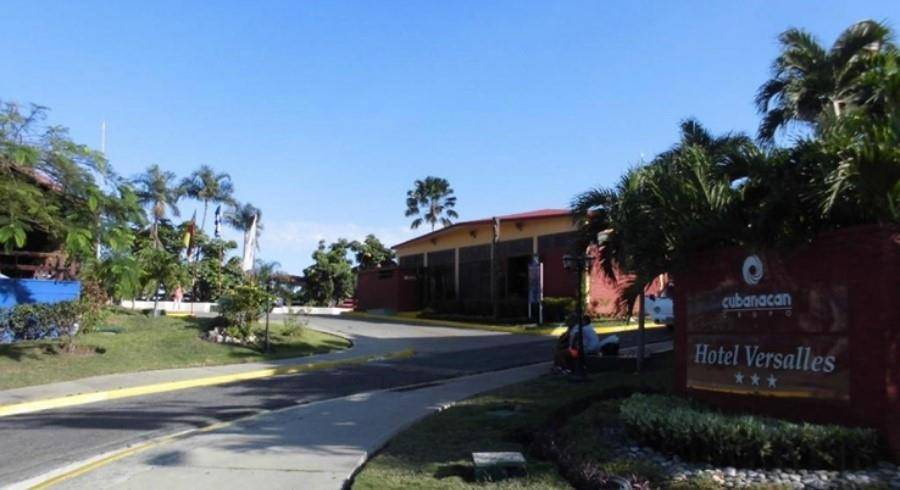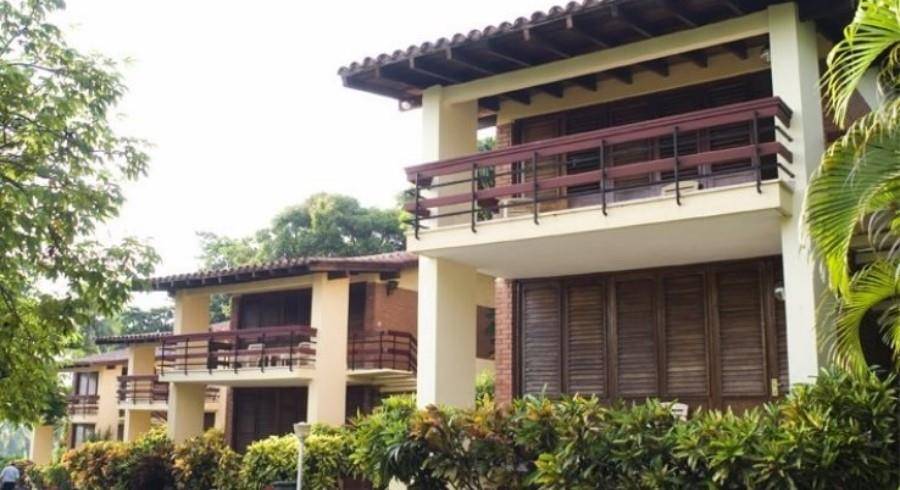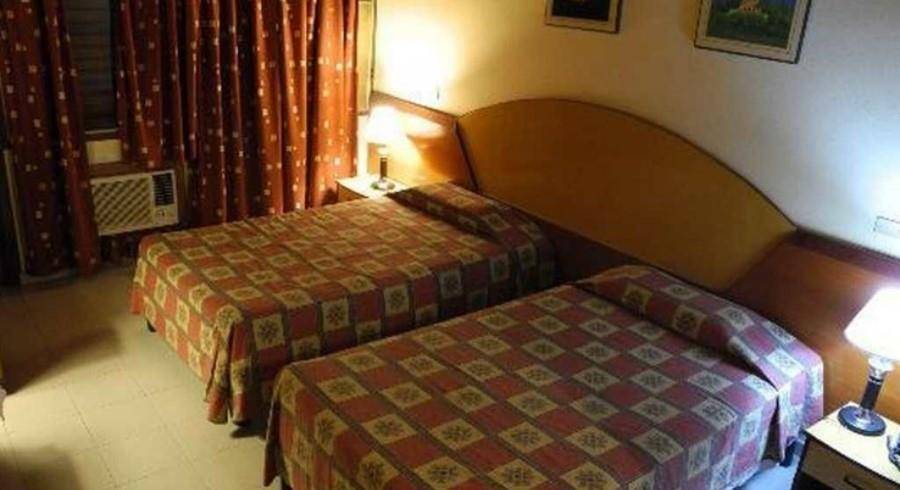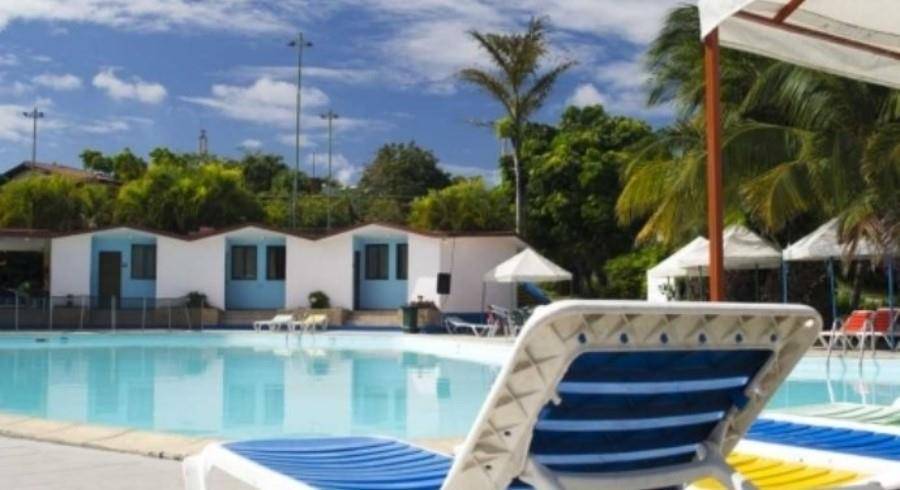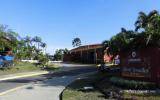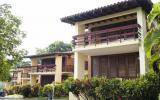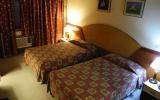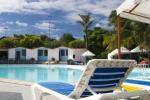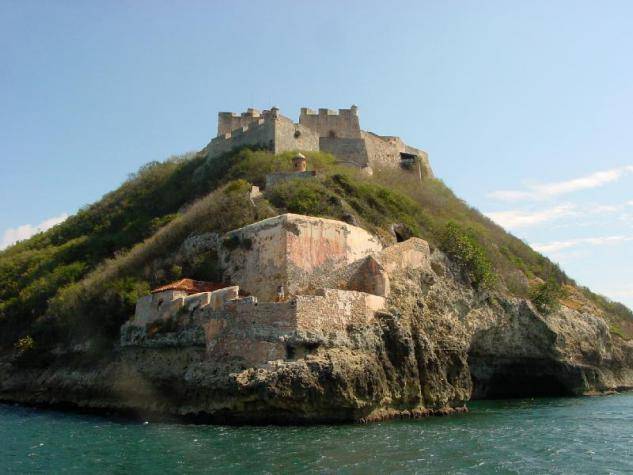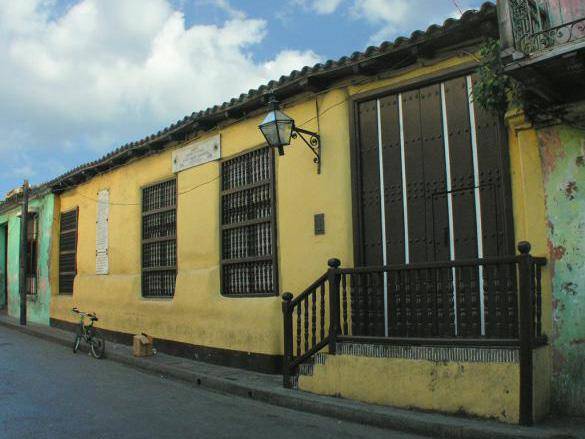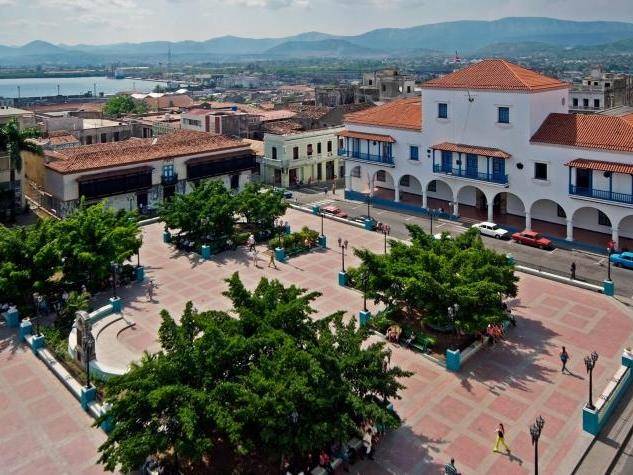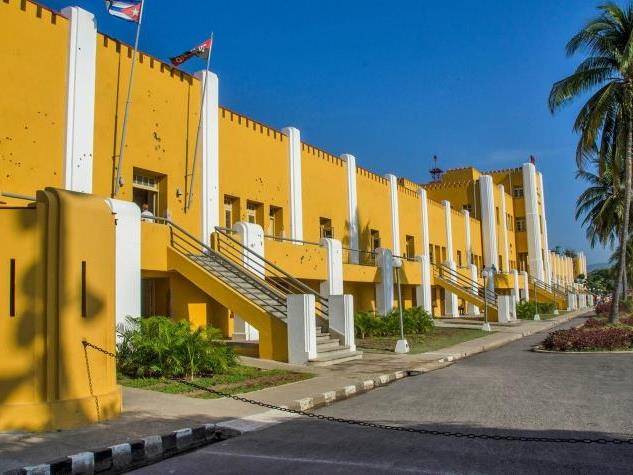
26th of July Historical Museum
This museum is located in the former Moncada Barracks, a military fortification which came under attack on 26 July 1953 by a group of young revolutionaries led by Fidel Castro Ruz. Moncada was the second military fort of the country, occupied by about a thousand men under the command of Fulgencio Batista. Unfortunately, the rebels were either killed or captured. Although unsuccessful, the attack ignited the sparks of Cuban Revolution. Fidel wrote his famous speech "La historia me absolverá" ("History will absolve me"), which was smuggled out of prison, printed, and distributed throughout the island. This event launched the final stage of the struggle for the country's freedom. After the victory of the revolution Moncada Barrack was transformed into a school, and a space was devoted to Museum. The museum exhibits some of the revolutionaries' personal belongings, some of the weaponry used and photographs of the historical event, as well as a valuable coin collection.

